#passeriformes
Text

Purple Finch (Haemorhous purpureus), family Fringillidae, order Passeriformes, Michigan, USA
Yes yes yes, I know. We all know this bird isn't purple. You're not that clever for noticing.
The word purple, historically, referred to deep shades of red (crimson), and not necessarily violet.
photograph by Glen Noyer (@glen.noyer)
424 notes
·
View notes
Text

[2909/11080] Dark-eyed junco - Junco hyemalis
Order: Passeriformes
Suborder: Passeri
Superfamily: Emberizoidea
Family: Passerellidae (new world sparrows)
Photo credit: Matt Mason via Macaulay Library
#birds#Dark-eyed junco#Passeriformes#Passeri#Emberizoidea#Passerellidae#Junco#birds a to z#undescribed#25% - 50%
101 notes
·
View notes
Text
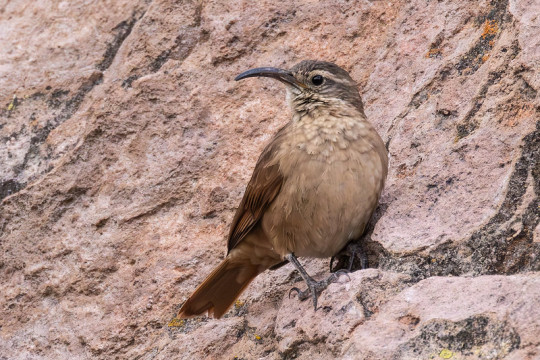
A white-throated earthcreeper (Upucerthia albigula) near Putra, Chile
by Paul Ellis
#white throated earthcreeper#ovenbirds#birds#upucerthia albigula#upucerthia#Furnariidae#passeriformes#aves#wildlife: chile#wildlife: south america
59 notes
·
View notes
Text
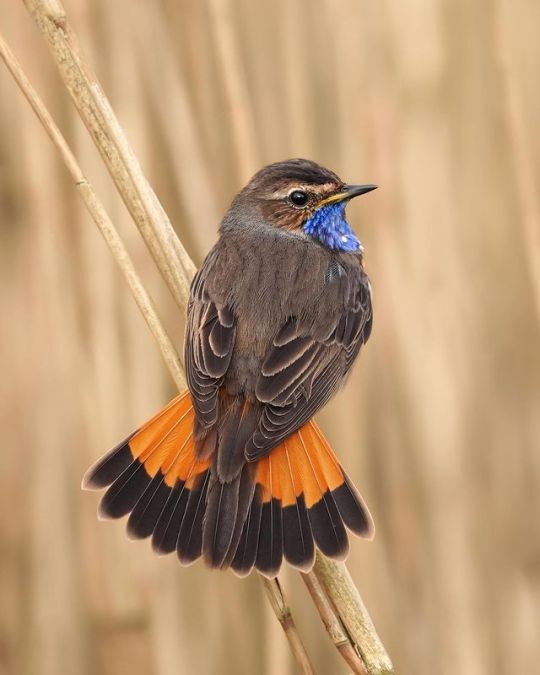
Bluethroat
43 notes
·
View notes
Text





❄️🪶Goofy Ravens Playing in the Snow🪶❄️
29K notes
·
View notes
Text
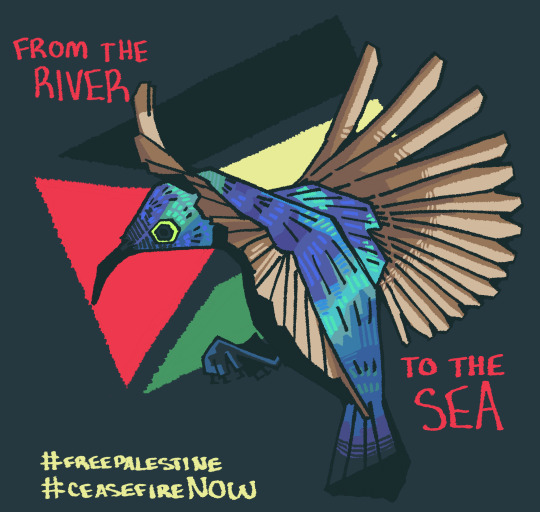
day 4
palestinian sunbird!
hey guys! so, evidently i've been gone for a while. it was kind of a bad time for me to start this account. a bunch of shit happened and everything sucked and it made me get art block 💔 oops. but now what's going on is too important to just sit there and have art block about. i'm using my, albiet small, platform to spread the palestinian cause during this global strike week called on by bisan. the palestinian sunbird is a symbol of freedom for the palestinian people. it flies across borders and checkpoints in defiance of israeli occupation. i hope that someday soon the palestinian people can be as free as their national bird ❤️🖤🤍💚
#free palestine#bird art#artists on tumblr#birds#ornithology#palestine#palestinian sunbird#ceasefire now#global strike#passeriformes
7K notes
·
View notes
Text
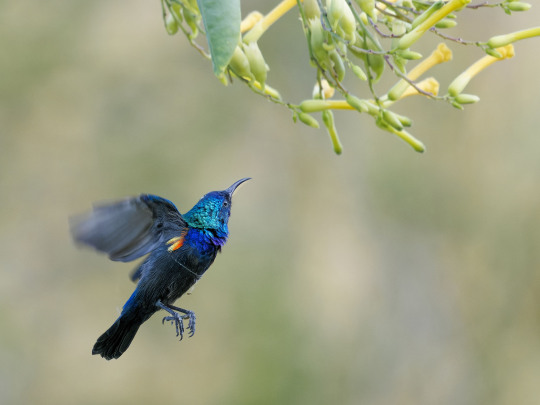

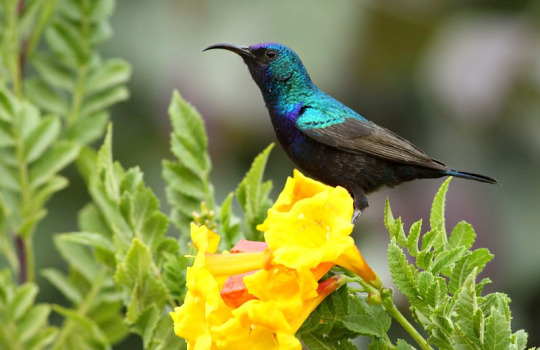
The Palestine Sunbird Persists
The Palestine sunbird, also known as the orange-tufted sunbird (Cinnyris osea) is the national bird of Palestine, and often seen as a symbol of resistance and hope. This species occurs in dry climates, particularly desert, scrubland, and savannahs, but can also be found in orchards and gardens where flowers are abundant. In addition to the Levant, C. osea occurs throughout the southwest cost of Saudia Arabia and the coasts of Yemen and Oman in the south.
C. osea is a small bird, 8 to 12 cm (3.1-4.7 in) long with a wingspan of only 14 to 16 cm (5.5-6.2 in). Males weigh on average 7.6 g (0.26 oz) and females are slightly smaller, at about 6.8 g (0.24 oz). Males are quite easy to identify due to their striking plumage; their feathers are iridescent, appearing dark until they shimmer glossy blue or green, with orange tufts at the side of the breast. In contrast females are fairly drab; grey-brown with a lighter underside. The beaks of the Palestine sunbird are also noted for their distinctively long and curved, which they have developed to efficiently feed on nectar.
Although not directly part of the hummingbird family, the Palestine sunbird shares many similarities with the group. Its diet consists of nectar, and is supplemented with insects. Their tongues are long, and brush-like, and the shape of their beak allows them to reach down to the base of the flower. For flowers that are , they will use their sharp beaks to pierce the side and access the nectar directly. All this is done at very high speeds, but unlike hummingbirds the Palestine sunbird cannot hover in place, and must land in order to feed. Because of their primary reliance on nectar, the orange-tufted sunbird is an important pollinator in its native region. Adults are rarely predated upon, but eggs and young are often targets for lizards, snakes, and birds of prey.
Reproduction begins in June, and continues through October. Males establish and defend territories, and court females by singing to attract a potential mate, then chasing her until she perches to signal her acceptance. Following the pairing, the two construct a purse-like nest, sometimes with a porch-like structure, that hangs from a branch. In this nest, 1-2 eggs are laid, and are incubated primarily by the female, while the male provides her food. The eggs take 13 to 14 days to hatch, and chicks are taken care of by both parents for an additional 14 to 21 days. Individuals can live up to 5 years in the wild.
Conservation status: The Palestine sunbird has a large range and population, and is thus considered Least Concern by the IUCN. Its primary threat is habitat loss due to agriculture and urban development.
If you send me proof that you’ve made a donation to UNRWA or another organization benefiting Palestinians, I’ll make art of any animal of your choosing.
Remember, the donation can be in any amount– every dollar counts!
Photos
Jorrit Vlot
Dula Alhashimi
Rana Hijawi
#Palestine sunbird#Passeriformes#Nectariniidae#sunbirds#perching birds#birds#deserts#desert birds#scrubland#scrubland birds#savannah#savannah birds#urban fauna#urban birds#middle east#animal facts#biology#zoology#ecology#free palestine
826 notes
·
View notes
Text

Recently there was a patch of trees felled without warning.
It's nesting season, so it's very dangerous for the birds to destroy their trees. I've already seen woodpigeons mating in the nearby area about a month ago. I've seen birds such as woodpigeons, magpies, great tits, blue tits and a sparrowhawk in the area that's been felled (as well as robins, long-tailed tits, coal tits, blackbirds, goldfinches and house sparrows nearby). I have also heard a Jay nearby before, and one Facebook commenter has said there are nesting Jays. Additionally, it looks horrible - there used to be beautiful trees, and now there's just a thin strip of trees along the footpath, as well as a horrid big hole next to the car park. Our green spaces need more protection.
According to two councillor's Facebook posts, the Forestry Commission are investigating due to no felling licence or planning permission. They have served a Stop Notice. The matter has been raised with the wildlife crime team due to disturbance to nesting birds. The area has been allocated for development, but the felling has had insufficient regard for the environmental impact.
Developers will often illegally fell trees, then take the fine and build houses since it's already been destroyed. However, they could now be issued a restocking order, and would have to replant the trees.
I've seen two messages on the gate to the site protesting this, so I made this piece. If there's public uproar it could hopefully make them think twice next time, even if it doesn't save this one.
#robin#robin redbreast#european robin#erithacus rubecula#erithacus#muscicapidae#passeriformes#bird#birds#birb#deforestation#save the trees#environment#art#painting#traditional art#artists on tumblr#bird art#wauk wauk
416 notes
·
View notes
Text

Day 4 of January extinct birds - the black mamo (top, also known by other names) and the kauaʻi ʻōʻō (bottom)
Two birds! The hawaiian honeyeaters are the only entire family of birds to go extinct in recent times, and the kauaʻi ʻōʻō is the last (1987) and most famous. The song of the last male was recorded two years after the last female was estimated to have died. Other members of the family have unique striking plumage that the kauaʻi ʻōʻō doesn't, which might sadly be part of why it was able to persist for longer.
I also wanted to add in the black mamo to represent the hawaiian honeycreepers (not the same as honeyeaters!). These birds are similar to darwin's finches in the galapagos where their crazy beak shapes went through drastic evolution. Yes, the honeycreepers are finches! While some species are classified as least concern, most of the honeycreepers are extinct or critically endangered. Hopefully the extinction of the honeyeaters encourages people to focus their attention on the honeycreepers too so they don't suffer the same fate.
sorry for such a sad post! Island birds have really suffered the last few centuries :c
#bird of the day#birds? of the day#bird art#extinct animals#birds#digital illustration#illustration#extinct birds#recently extinct#daily art#passeriformes
549 notes
·
View notes
Photo
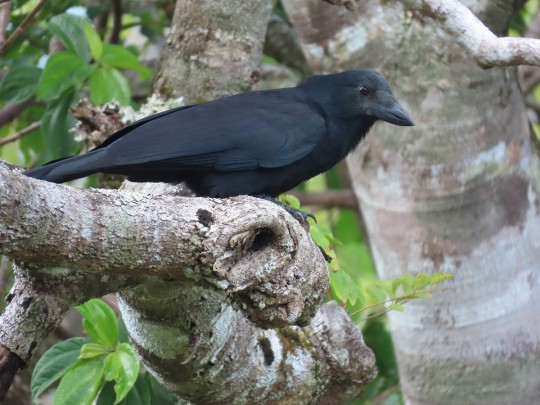
New Caledonian Crow (Corvus moneduloides)
© Jörg Hanoldt
700 notes
·
View notes
Photo
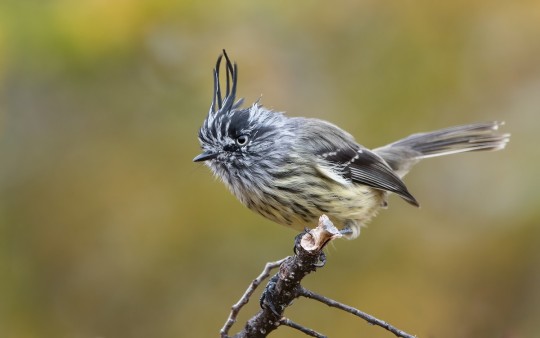
Tufted Tit-Tyrant (Anairetes parulus)
© Mason Maron
3K notes
·
View notes
Text

Brown-throated Fulvetta or Ludlow's Fulvetta (Fulvetta ludlowi), family Paradoxornithidae, order Passeriformes, India
Photograph by Dilip C Gupta
253 notes
·
View notes
Text

[2905/11080] Dark-breasted rosefinch - Procarduelis nipalensis
Order: Passeriformes
Suborder: Passeri
Superfamily: Passeroidea
Family: Fringillidae (true finches)
Subfamily: Carduelinae (cardueline finches)
Photo credit: Rajkumar Das via Macaulay Library
#birds#Dark-breasted rosefinch#Passeriformes#Passeri#Passeroidea#Fringillidae#Carduelinae#Procarduelis#birds a to z#undescribed#25% - 50%
98 notes
·
View notes
Text

A snow bunting (Plectrophenax nivalis) in the United Kingdom
by Graham Thurlow
#snow bunting#birds#plectrophenax nivalis#plectrophenax#calcariidae#passeriformes#aves#chordata#wildlife: uk#wildlife: europe
1K notes
·
View notes
Text
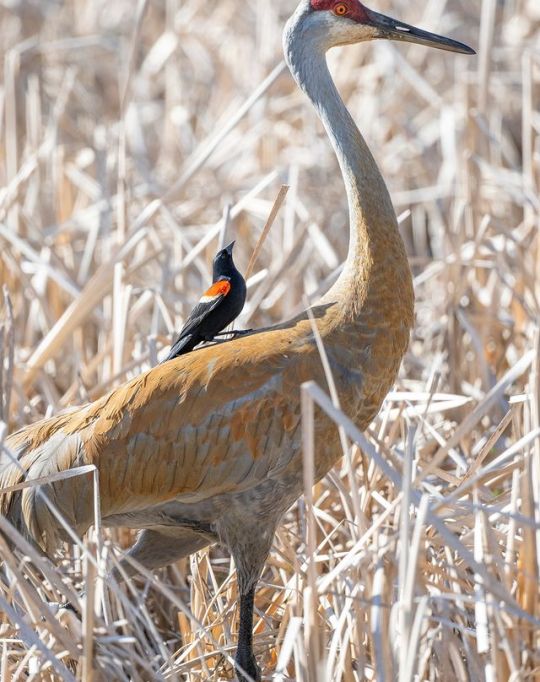
Sandhill Crane & Red-winged Blackbird
#sandhill crane#crane#Antigone canadensis#Gruiformes#Gruidae#Antigone#red winged blackbird#blackbird#Agelaius phoeniceus#Passeriformes#Icteridae#Agelaius#bird#upl
3K notes
·
View notes
Text
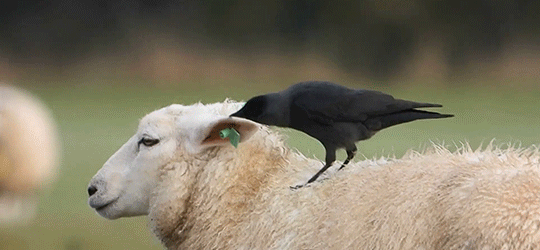



Western jackdaw removing bugs from a sheep.
©
#jackdaw#corvid#bird#birdblr#sheep#farm animals#netherlands#aves#passeriformes#tw successful hunting#request
408 notes
·
View notes